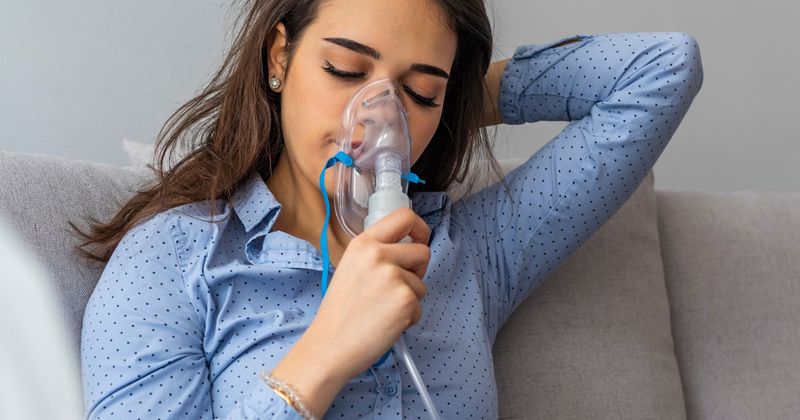PCORI issues award to support asthma research comparing MART, PARTICS therapies
Key takeaways:
- The iCARE study will compare MART and PARTICS for asthma exacerbations.
- The study aims to see whether PATRICS is equivalent or superior to MART in adults who do and do not use an asthma nebulizer.
A $22 million award from the Patient-Centered Outcomes Research Institute will support a study comparing the effectiveness of two strategies for asthma treatment.
“The goal here is to really be able to help clinicians and patients make informed decisions about varying kinds of therapy for their asthma,” principal investigator Elliot Israel, MD, Gloria M. and Anthony C. Simboli Distinguished Chair in Asthma Research at Brigham and Woman’s Hospital and Pprofessor of Mmedicine at Harvard Medical School, told Healio.

Improving the Quality of Care for Asthma Patients at Risk of Exacerbations (iCARE) will compare the effectiveness of maintenance and reliever therapy (MART) and patient-activated reliever-triggered inhaled corticosteroids (PARTICS) in more than 4,100 patients from 21 research sites across the U.S.

MART uses a combination medication to deliver both reliever and an ICS controller therapy together. PARTICS uses an add-on therapy where patients inhale ICS controlled for each puff when using a reliever metered dose inhaler with five puffs of ICS when using a nebulizer for reliever.
There are multiple reasons why one of these approaches might work better for some patients than others, or why some patients may have different access to these approaches, Israel said.
Also, he continued, there are no data that directly compare these approaches in the same sets of patients, so caregivers and patients do not have the information they need to make informed decisions about which approach to take.
“What we’re doing is comparing two known therapies to see how they compare in real life and understand how to better use those therapies for particular populations of patients,” Israel said.
Israel and colleagues hope to uncover whether PATRICS is equivalent to MART, or in some cases superior, in adults who do and do not use an asthma nebulizer as a reliever.
“We’re going to look to see what the relative difference is in terms of exacerbations, which are asthma attacks, and we’re also going to look at asthma control and quality of life,” Israel said.
Israel tells Healio that this new study will build on his previous research that showed PATRICS could really improve asthma outcomes in minority populations. The study aims to have a high impact on the future of asthma care.
The cohort will include patients aged 18 to 75 years who have had an asthma diagnosis for at least 1 year, a prescription for ICS and a long-acting beta agonist, and an asthma exacerbation within the previous 12 months.
Also, approximately one-quarter of the study population will be from sites with high African American and/or Black populations, which are disproportionately impacted by asthma, Israel said.
“There are still about 3,000 to 4,000 people a year who die of asthma,” Israel said. “The death rate for asthma in Black populations is twice as high as it is in white populations, even accounting for the increased prevalence of asthma in those populations.”
The primary outcome of the study will be annualized rate of asthma exacerbations over 16 months. Secondary outcomes will include asthma control, quality of life, days lost from work and school, and inability to do usual activities.
“The cost to society in terms of lost days of from work and school is huge,” Israel said. “When people are having frequent asthma exacerbations, they have a hard time holding on to jobs, they have a hard time staying in school, and they have a hard time taking care of their kids. It’s very pernicious and it affects 7% of the population.”
The study is set to begin its feasibility stage later this year.
Reference:
- Improving the Quality of Care for Asthma Patients at Risk of Exacerbations, i-CARE. https://www.pcori.org/research-results/2024/improving-quality-care-asthma-patients-risk-exacerbations-i-care. Published: April 2024. Accessed: May 7, 2024.
